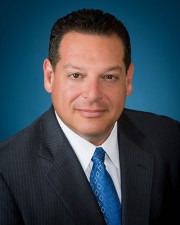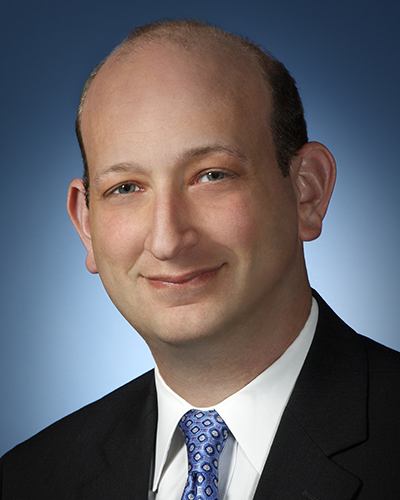
Kaufman Dolowich & Voluck

Kaufman Dolowich & Voluck
New York’s top court, Court of Appeals, recently issued a decision which greatly affects the rights of owners and general contractors to additional insured coverage from the insurers of their respective general contractors and subcontractors.
The Court of Appeals in Burlington Ins. Co. v. NYC Transit Authority, et al. (2017 NY Slip Op 04384, June 6, 2017) held that an “additional insured” had no indemnity coverage unless the named insured “proximately caused” the injury or damage, finding in favor of an insurer because the additional insured, and not the named insured, caused the injury. The Court of Appeals construed, for the first time, the “caused by” language in the Blanket Additional Insured endorsement in a Commercial General Liability Policy. Previously, New York’s intermediate appellate courts had held that the phrase “caused by” did not materially differ from the phrase “arising out of,” and, therefore, triggered additional insured coverage under an additional insured endorsement when the injury merely has some connection to the named insured’s work. In rejecting this broad interpretation, the Court of Appeals held that the phrase “caused, in whole or in part, by” requires the named insured to be a proximate cause of the injury alleged – not merely the “but for” cause of the injury. This case has now clarified, at least for the purposes of an insurer’s indemnification obligations, that additional insured coverage is not available where the named insured’s acts or omissions are not a proximate cause of the injury alleged by the plaintiff.
On many projects, owners and general contractors seek through their construction contracts to pass the obligation for procuring insurance coverage protecting against claims brought by injured workers down to the subcontractors who employ the overwhelming majority of laborers at construction projects. Prior to Burlington Ins. Co., owners and contractors could rely on receiving additional insured coverage from the insurer of the injured plaintiff’s employer in almost all cases regardless of whether the subject policy’s Additional Insured endorsement contained “caused by” or “arising out of” language. Now, however, with respect to additional insured endorsements containing the “caused by” language, the simple fact that the plaintiff was injured in the course of his employment with the subcontractor is not sufficient to trigger additional insured coverage if the endorsement contains the “caused by” language. The incident giving rise to plaintiff’s injury must have been an act or omission of his employer.
Thus, for example, an owner likely will not be entitled to additional insured coverage under a subcontractor’s general liability policy in connection with a claim brought by an employee of the subcontractor who was injured when he fell through an opening which was not created, or required to be covered, by the subcontractor. Similarly, an owner may not be entitled to additional insured coverage from its general contractor in connection with a claim brought by an adjacent property owner for property damage caused by excavation work being performed on the owner’s premises if the damage was “caused by” a negligently designed excavation plan created by a design professional and not the result of the general contractor’s negligent work.
Importantly, while losing additional insured coverage alone would be harmful to an owner, many owners’ general liability policies contain provisions which require them to ensure that their contractors’ policies provide for additional insured coverage or else face a significantly higher deductible or, in extreme cases, the complete loss of coverage under their own policies.
Also of concern is the fact that there is nothing in the Court of Appeals’ decision which prevents insurers from retroactively applying the holding to deny additional insured coverage in cases in which they previously had agreed to provide additional insured coverage. Therefore, owners are at risk of having their additional insured coverage pulled in cases which have been going on for years.
Fortunately, there are relatively easy ways in which owners can protect themselves from being harmed by this decision. Owners should ensure that their own general liability policies do not contain language which makes coverage thereunder contingent on their contractors having procured the requisite coverage. In addition owners can and should insist by way of insurance requirements in their construction contracts that the policies additional insured endorsements in their contractors’ policies contain either: (i) the “arising out of” language or (ii) that the “caused by” language expressly includes coverage for both the acts and omissions of the contractors and its subcontractors.
Andrew Richards, Esq., is a co-managing partner and Erik Stern is of counsel at Kaufman Dolowich & Voluck, Woodbury, N.Y.
